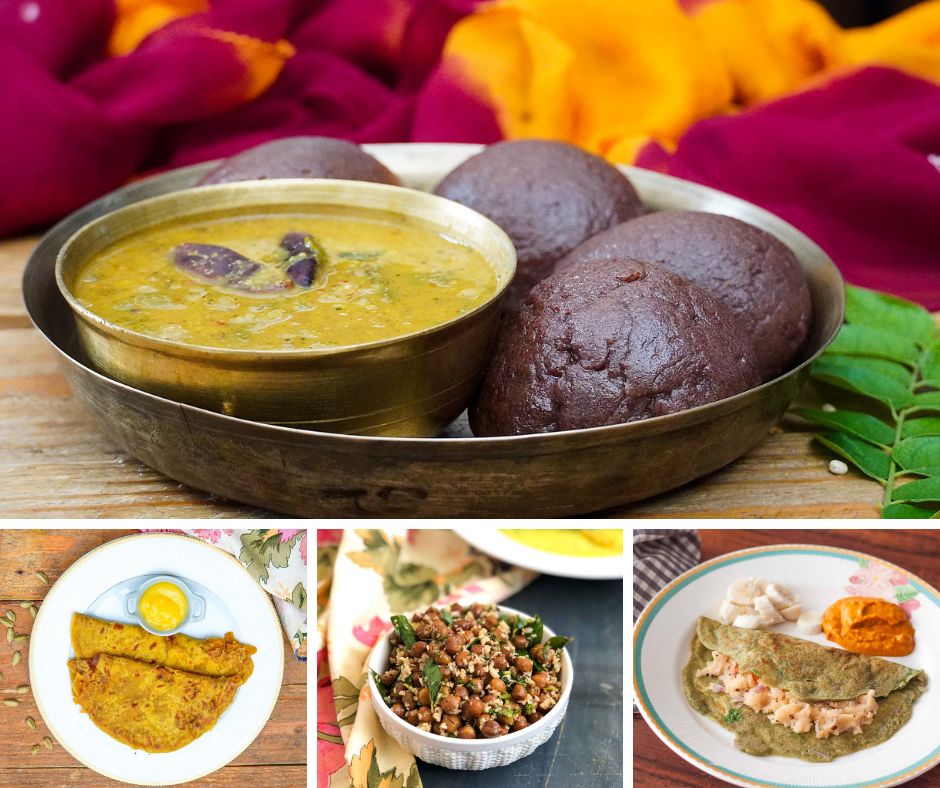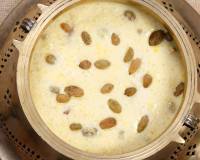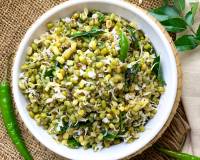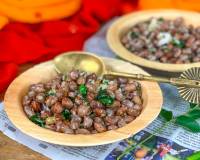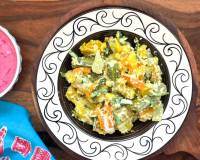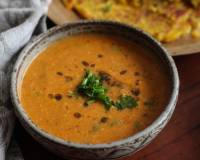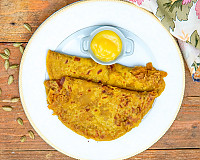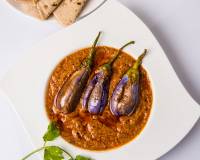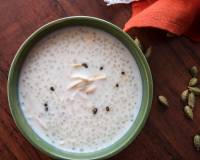As you prepare for the Golu celebrations this year, immerse yourself in the rich traditions of Gombe Habba with these authentic South Indian recipes. Each dish reflects the cultural significance and diversity of the regions where Golu is celebrated. Cooking and sharing these meals not only honors the goddess but also brings families together, strengthening bonds and fostering community spirit. Let the flavors of tradition fill your home, creating a festive atmosphere that celebrates the divine feminine energy during this beautiful festival.
Navratri, a vibrant festival dedicated to the worship of Goddess Durga, holds immense significance in Indian culture. In South India, it is celebrated as Golu or Gombe Habba, showcasing unique customs and culinary delights. Golu is characterized by elaborate displays of dolls and figurines that symbolize the divine feminine energy, inviting both admiration and reverence.
The Significance of Golu
Golu, meaning "row" or "array," refers to the intricate arrangements of dolls, representing deities and various aspects of life. This tradition fosters creativity and family bonding, as families create stunning displays on multi-tiered platforms. The festival spans nine nights, each dedicated to different forms of the goddess, embodying the strength and grace of feminine power.
During Gombe Habba, it’s customary for families to visit each other, showcasing their Golu displays and exchanging blessings. The atmosphere is filled with prayers, singing, and traditional music, enhancing the sense of community and celebration.
In South India, Golu is accompanied by special rituals, including the preparation of traditional vegetarian dishes. Many devotees follow a strict diet devoid of onion and garlic, focusing on fresh, seasonal ingredients. The meals prepared during this time reflect devotion, community, and the vibrant culinary heritage of the region.
Here is a list of over 40 traditional South Indian recipes you can prepare for Golu and Navratri celebrations, ensuring a delicious and festive atmosphere.
Tamil Nadu: In Tamil Nadu, Golu is celebrated with great fervor. Families arrange dolls on steps and decorate their homes with vibrant flowers and lights. Traditional dishes include Kheer (sweet rice pudding), Sundal (spiced lentils), and Pongal (a savory rice and lentil dish). Visitors are welcomed with sweets and snacks, enhancing the festive spirit.
Karnataka: Known as "Bommala Koluvu," Karnataka's celebration involves elaborate Golu displays where dolls represent deities and mythological scenes. Traditional foods include Bisi Bele Bath (a rice and lentil dish), Neer Dosa (soft rice crepes), and Kadle Manji Sundal (black chickpeas). Families also prepare various sweets like Holige, a sweet flatbread stuffed with jaggery.
Andhra Pradesh: In Andhra Pradesh, Golu festivities are accompanied by various rituals and offerings to the goddess. Families arrange dolls and prepare dishes like Puliyogare (tamarind rice) and Bobbatlu (sweet flatbreads). The celebrations often feature community gatherings and cultural programs, creating a lively atmosphere.
Telangana: Similar to Andhra Pradesh, Telangana celebrates Golu with doll displays and festive foods. Traditional dishes include Uggani (spiced puffed rice) and Kakarakaya Fry (bitter gourd fry). The celebrations emphasize family gatherings, with neighbors visiting to view each other’s Golu arrangements.


